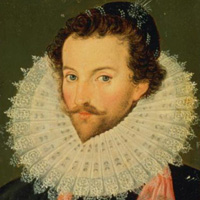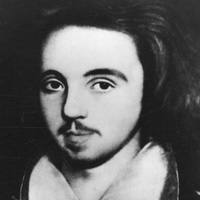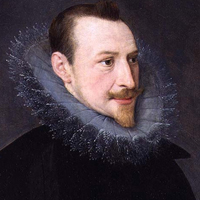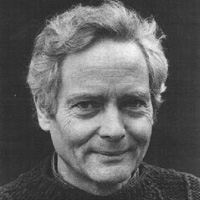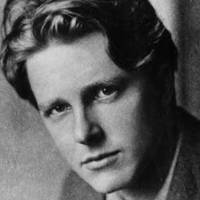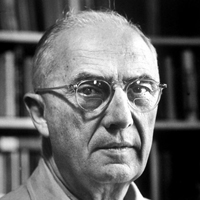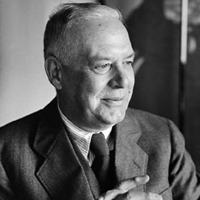The Nymph's Reply to the Shepherd by Sir Walter Raleigh: Summary and Analysis
The Nymph's Reply to the Shepherd by Sir Walter is a poetic response and a parody of the poem The Passionate Shepherd to His love by Christopher Marlowe. A young girl is the speaker in this poem who replies realistically and sometimes pessimistically to the optimistic shepherd of Marlowe's poem.
